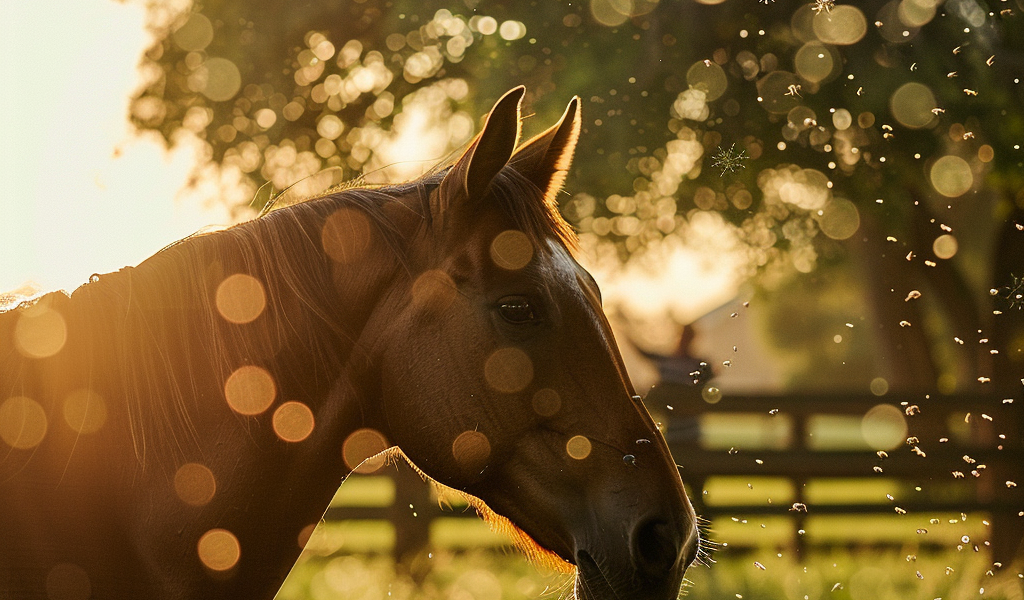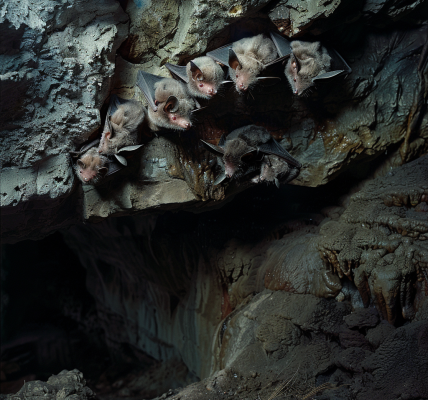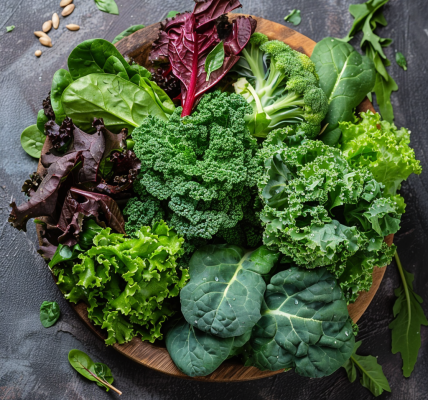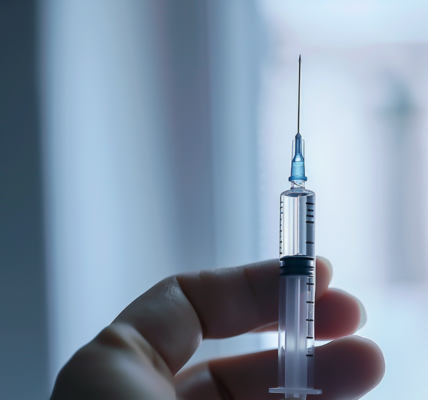In a concerning development for the equine community, Ontario has reported its 17th case of Eastern equine encephalitis (EEE) in a horse this year. The latest case involves a 13-year-old Quarter Horse gelding located in Lambton County, who was confirmed positive for the virus on September 19, 2024.
The horse began exhibiting alarming symptoms on August 29, including ataxia, which is a lack of coordination, alongside noticeable weakness in both fore- and hind-limbs. Fortunately, the gelding is receiving supportive care and is currently alive, although he is experiencing some lingering neurological deficits.
Eastern equine encephalitis is a viral disease transmitted primarily by mosquitoes that have fed on infected birds. The virus is particularly dangerous due to its high mortality rate in both horses and humans, making it one of the most serious mosquito-borne diseases prevalent in the United States.
The Equine Disease Communication Center (EDCC), a nonprofit organization dedicated to providing accurate information on equine diseases, has been instrumental in tracking and disseminating reports on EEE cases. Their Health Watch program utilizes verified data to keep horse owners informed about potential health risks to their animals.
Understanding Eastern Equine Encephalitis
EEE is caused by the Eastern equine encephalitis virus, which has wild birds as its natural reservoir. Mosquitoes that feed on these infected birds can then transmit the virus to horses and humans. It is important to note that horses do not develop high enough levels of the virus in their bloodstream to be contagious to other animals or humans, but the disease can still be fatal.
Preventative Measures for Horse Owners
Given the severity of EEE, horse owners are urged to take proactive measures to protect their animals from mosquito bites and potential infection. Here are several recommended strategies:
- Use Insect Repellent: When spending time outdoors, particularly during dusk and dawn when mosquitoes are most active, it is advisable to apply insect repellent. Look for products that are EPA-labeled and contain active ingredients such as DEET, picaridin, or oil of lemon eucalyptus.
- Mosquito-Proof Your Home: Ensure that windows and doors are fitted with screens and eliminate any standing water around your property, as these are prime breeding grounds for mosquitoes.
- Vaccination: Veterinarians recommend that all horses in the U.S. receive annual vaccinations against EEE. In high-risk areas, more frequent vaccinations may be advised. It is not too late in the season to vaccinate your horses if they have not already been protected.
- Insect Repellents for Horses: Utilize commercially available insect repellents specifically designed for horses to provide additional protection against mosquito bites.
- Stabling Horses: During peak mosquito activity hours, consider keeping horses in stables or barns to minimize their exposure to bites.
- Water Management: Regularly drain water troughs and empty any containers that hold standing water at least once a week. This helps to reduce mosquito breeding sites.
- Biological Control: In water tanks, consider stocking them with fish that consume mosquito larvae, providing a natural method of controlling mosquito populations.
As the equine community navigates this health crisis, it remains critical for horse owners to stay informed about EEE and implement effective preventative measures. The ongoing monitoring and reporting by the EDCC serve as vital resources for understanding and combating this serious disease.
With proper care and vigilance, horse owners can significantly reduce the risk of EEE and protect their beloved animals from this potentially fatal disease.





